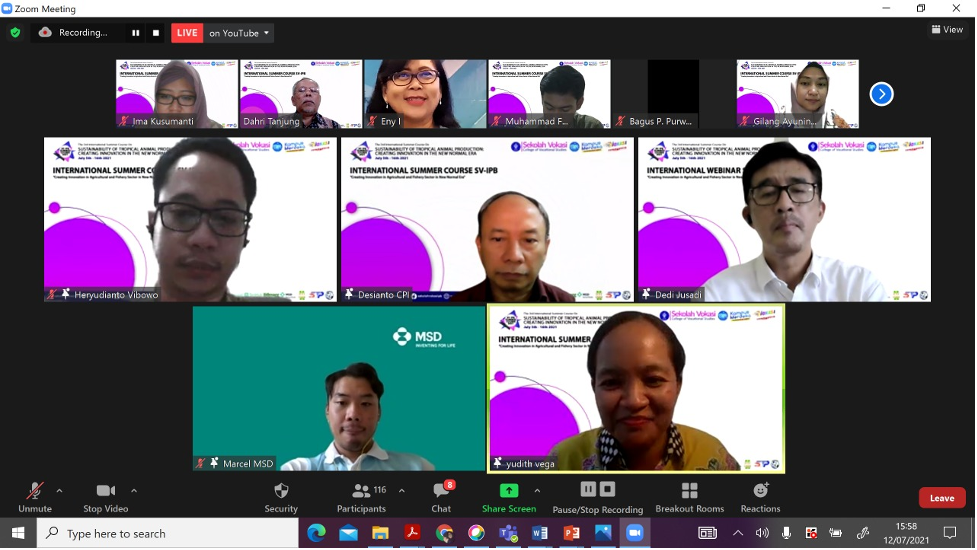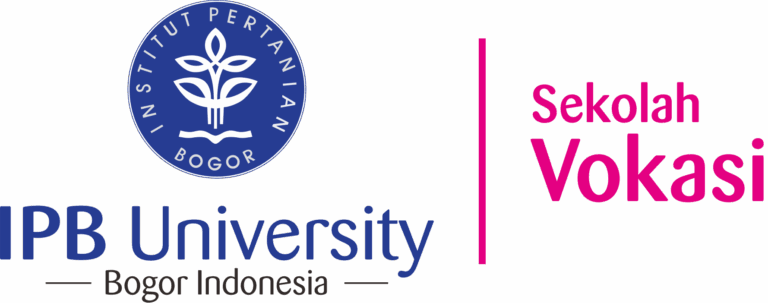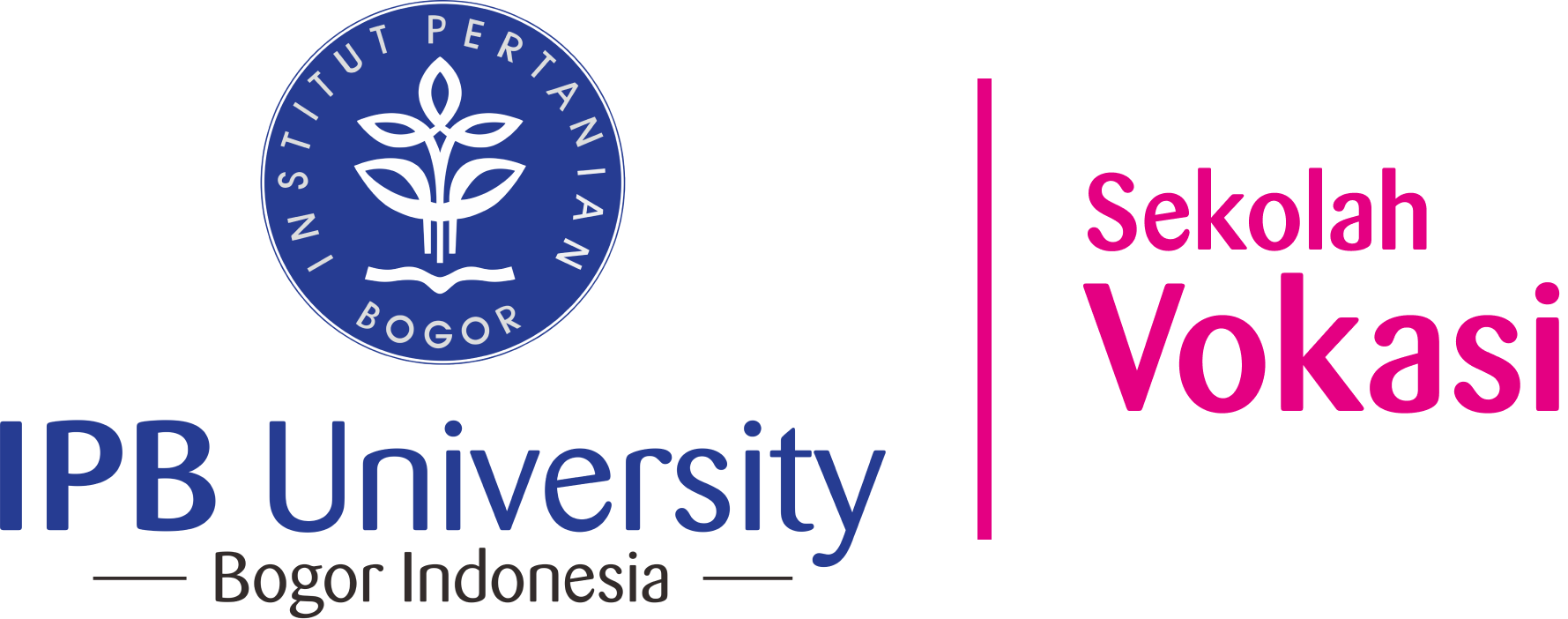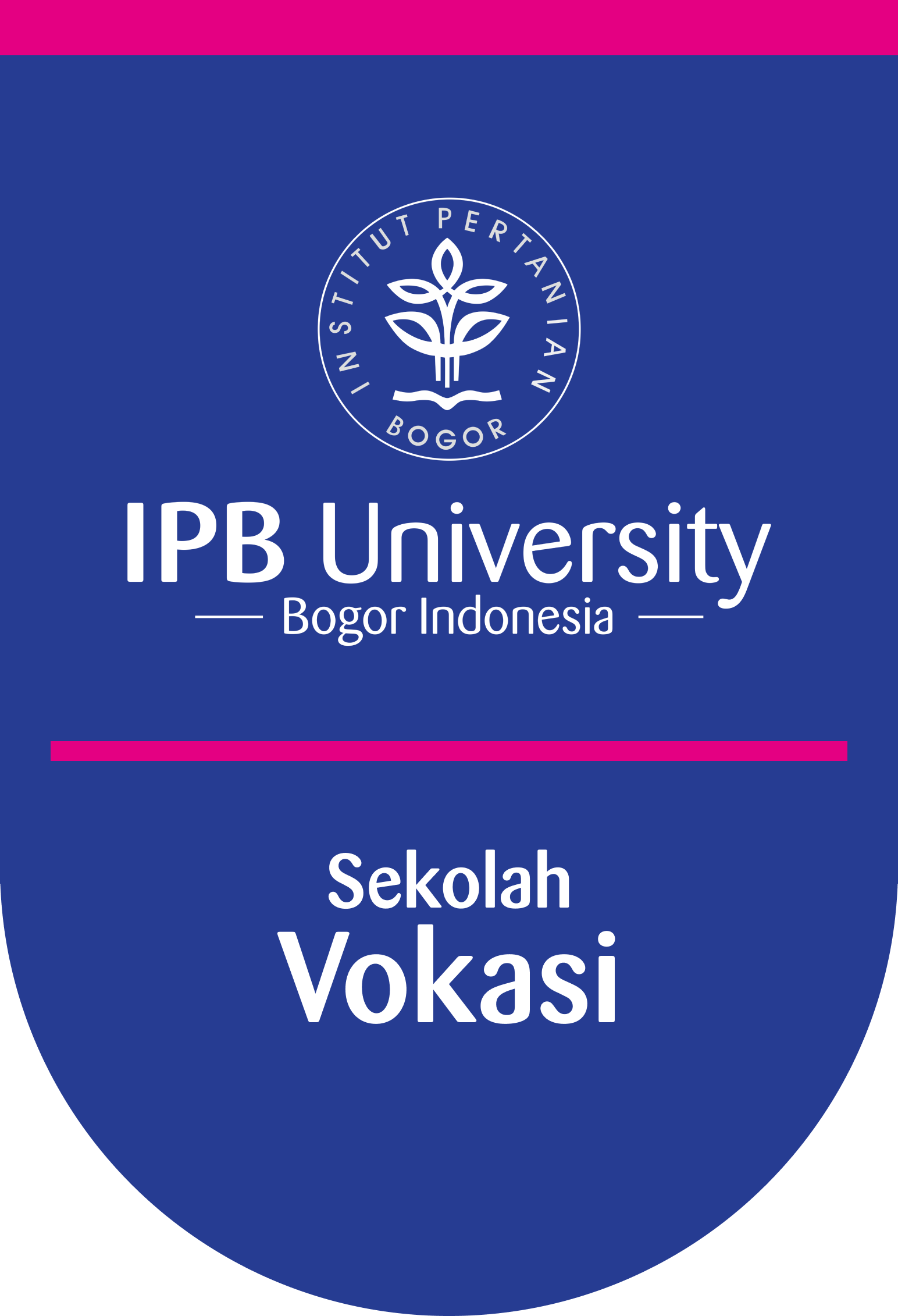
Drh Desianto Budi Utomo, PhD as Vice President of PT Charoen Pokphand Indonesia explained the advantages of closed house broiler farming to participants of the Summer Course of the College of Vocational Studies IPB University, (12/7). Drh Desianto said that in broiler chicken production, what needs to be considered are feed and the maintenance environment. One of the innovations made is the use of a closed house.
“The advantage is that it can increase the growth performance of broiler chickens such as a low feed conversion ratio (FCR), suppressing chicken mortality, feed efficiency and so on. This closed house concept is an innovation from the problem of limited land for livestock,” he explained. In this international webinar with the theme “Innovation in Integrated Animal Sector in New Normal Era”, three speakers were present who discussed innovation in the world of animal husbandry, fisheries and animal health. In addition to resource persons from Charoen Pokphand, also present were Dr. Dedi Jusadi, IPB University Lecturer from the Department of Aquaculture, Faculty of Fisheries and Marine Sciences (FPIK) who discussed the theme “Potential Local Raw Material for Fish Feed”. local for fish feed ingredients. The increase in aquaculture production is in line with the increasing need for fish feed.
“In the manufacture of fish feed itself, the majority of the composition consists of fish meal and additional fish oil. Meanwhile, the use of fish meal currently has many challenges. Among them are high prices and increasingly limited availability. Some local ingredients that can be used in making feed include anchovy heads, shrimp shells, cinnamon leaves, cassava leaves, and so on,” he said. Animals have high protein, contain good essential amino acids, contain omega 3 and 6, but have high ash content. The use of salted fish can be processed into silage or through a hydrolysis process to increase the nutrient content of salted fish. Materials derived from these plants can be a source of vegetable protein and the price tends to be cheaper. But the drawback is that it contains a lot of fiber and phytic acid. The solution to overcome this is to use cellulase and phytase enzymes.
This innovation is a number of solutions to overcome the availability of fish meal in the manufacture of feed, “he explained. Meanwhile, Dr. Drh Adrianus Marcel Martino Pasaribu as Account Manager for Companion Animal Health, MSD Animal Health Indonesia explained that the concern in the sustainability of livestock production is consisting of, food security, livelihood, health and animal welfare, as well as changes in the weather and the environment. “The effect of the COVID-19 pandemic is the increasing use of digital or online, especially in Indonesia. In this regard, digital marketing is developing very quickly in the business world. During the pandemic, online consultations are commonly used to make clinics survive during the pandemic. In addition, the use of microchips installed in animals such as dogs or cats is widely used. The microchip is connected to a smart food bowl so that it can monitor feed consumption or drinking water consumption of the animal. In addition, this microchip can be connected to a pet care application, so it can identify the health of the animal,” he explained. (Ima/WB/Zul)



